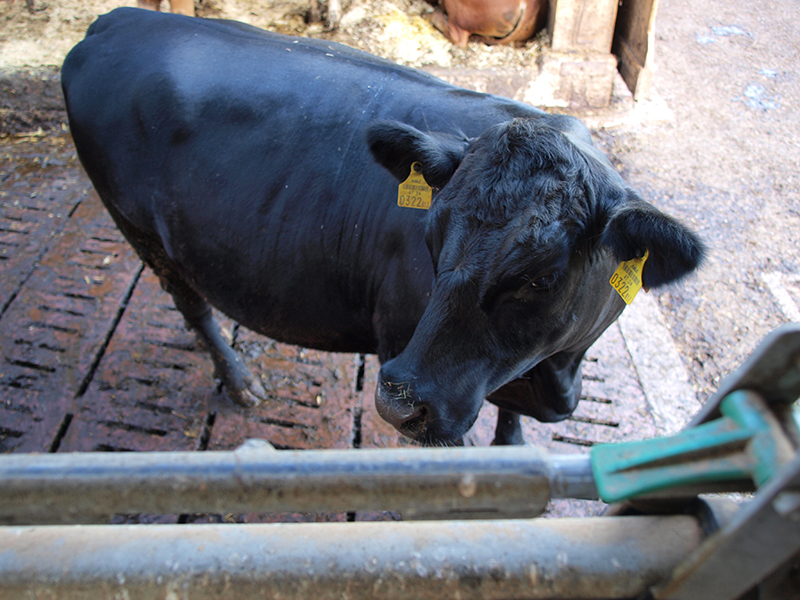As part of this project, empirical values are to be created for the use of the Angus breed for the purpose of producing young cattle from suckler cows. Angus cattle are best known for their robustness and adaptability and are therefore well suited to extensive production systems. The aim of this experiment is to investigate what performance can be expected from calves and oxen of this breed and how good their meat is.
In addition to pure-bred Angus cattle, Simmental × Angus crosses are also being examined. Simmental cattle are the most important breed in Austrian suckler cow farming; However, crossbreeding with meat breeds is often carried out to improve slaughter performance and meat quality. By regularly weighing the young cattle, it is possible to determine daily weight gain, which is very important for the economic assessment of the production system. During the course of slaughtering and cutting, important slaughter performance and meat quality data are collected (pH value drop, net daily weight gain, slaughtering, meat class, fat class, proportion of valuable cuts). Important meat quality parameters are then determined (meat color, shearing force, water-binding capacity, ingredients, fatty acid pattern).
Project goal
In the course of evaluating the data, possible differences between pure-bred Angus and Fleckvieh×Angus cattle as well as between heifers and oxen of these two genetics should be determined. Based on the results of this experiment, information should be derived about the suitability of the Angus breed for suckler cow husbandry. This information should then serve as advice for practice.
Final report
Similar projects
2422: Young cattle_Angus
Performance and meat quality of Angus young cattle from suckler cow husbandry
2015 - 2019, Terler Georg






